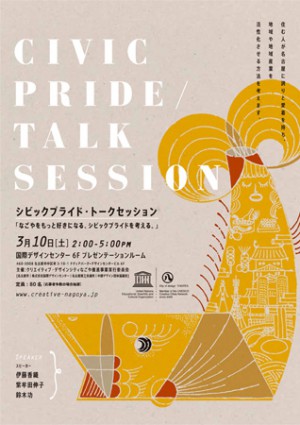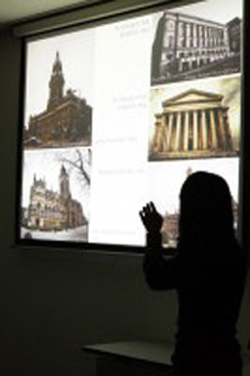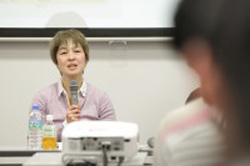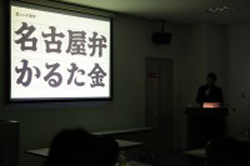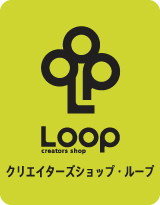- home>
- reports>
- news-report>
- Report: Civic Pride Talk Session
| 2014.02.13 |
|
Report: Civic Pride Talk Session
During the Civic Pride session, we focused on ways people who live in Nagoya can love their city and take pride in their citizenship, energizing the region and local industry.
In 19th Century British cities, the idea of civic pride was highly valued and promoted. This Western term, “civic pride”, denoting both pride and affection towards one’s city, carries a slightly different nuance from the Japanese term, kyodo-ai or love for one’s birthplace or hometown. If, as a member of the community that makes up the city, you get involved in making it a better place to live, the city becomes more fun. Conscious of ourselves as “citizens”, we joined to think about communication, both citizen-to-citizen and citizen-to-city.
General drift of presentations
Kaori Ito
Associate Professor, Tokyo University of Science
/Doctor of Engineering
Nagoya is one of a handful of iconic cities that has the power to excite. I believe it’s possible, without sacrificing quality, to replace the scenery, language and flavors that serve as the region’s unique cultural resources with something easily understandable; this strategic formation of an urban identity will gradually lead to civic pride.
First is encouraging the people to participate in town planning, and creating community design that identifies civic engagement as a way to develop a sense of affection toward, and pride in, the city. Second is getting to know the city, and coming to love it. What’s important isn’t just that the citizens accept what is given to them but to offer a place in which they can get involved, while learning. Third is becoming a collaborator with the city. Tools that make citizens want to articulate the fact that they are members of the city help make them feel like partners. Finally, we come to citizens being loved by the city. Public spaces that are magnanimous in welcoming citizens and visitors produce a feeling of being loved by the city, and people actually start feeling that the city is their own.
Nobuko Shimuta
Project Editor/Design Producer
Part-time Lecturer, Tama Art University/Kuwasawa Design School
In thinking about the societal affluence of Japan in the future, which cities to choose, or how we should maintain them, civic pride, which makes conspicuous a city’s unique characteristics and improves its economy, becomes important. If people don’t feel the potential of a city, they won’t choose it. Having civic pride is taking responsibility toward, and pride in, “making it here” and “living here”.
Isao Suzuki
Type Designer/President, Type Project/Part-time Lecturer, Aichi Prefectural University Arts and Music
Fonts have always reflected a strong sense of history. In that case, is it possible to make fonts reflect aspects of locality or climate? It was from this idea that sprang the plan for “civic fonts” and the creation of Kinshachi Font.
Nagoya is one of a handful of iconic cities that has the power to excite. I believe it’s possible, without sacrificing quality, to replace the scenery, language and flavors that serve as the region’s unique cultural resources with something easily understandable; this strategic formation of an urban identity will gradually lead to civic pride.
Civic Pride Talk Session
Date: Sat., March 10 2012, 2:00pm – 5:00pm
Venue: Presentation Room, International Design Center NAGOYA
Organizer: Creative Design City Nagoya Organizing Committee
*More articles and photos on website/Facebook of Creative Design City Nagoya.
- Report: Nagoya, UNESCO City of Design Promotion Projects FY 2013
- Report: creators shop Loop(Fourth and Fifth Session)
- Report: 2013 Nagoya City Emergency Job Creation Projects
Creative Industry Cooperative Promotion Projects - Report: Corporate Support・Design Planning and Production FY 2013
- Report: IdcN Design Promotion FY 2013
- Report|Design Tour: Fun with the Classics at Yokiso’s Choshokaku
- Electric Media: The Age of Radio
- Ziggurat Design 30s “American Art Deco and Skyscrapers”
- “LIFE” | America: Birth of Photojournalism Magazine
- American AD of 1930s | Lifestyle and Products
- Electric Dream: Household Electric Appliance and Modern Life
- Posters from the 30s: Modern Life and Graphic Design

